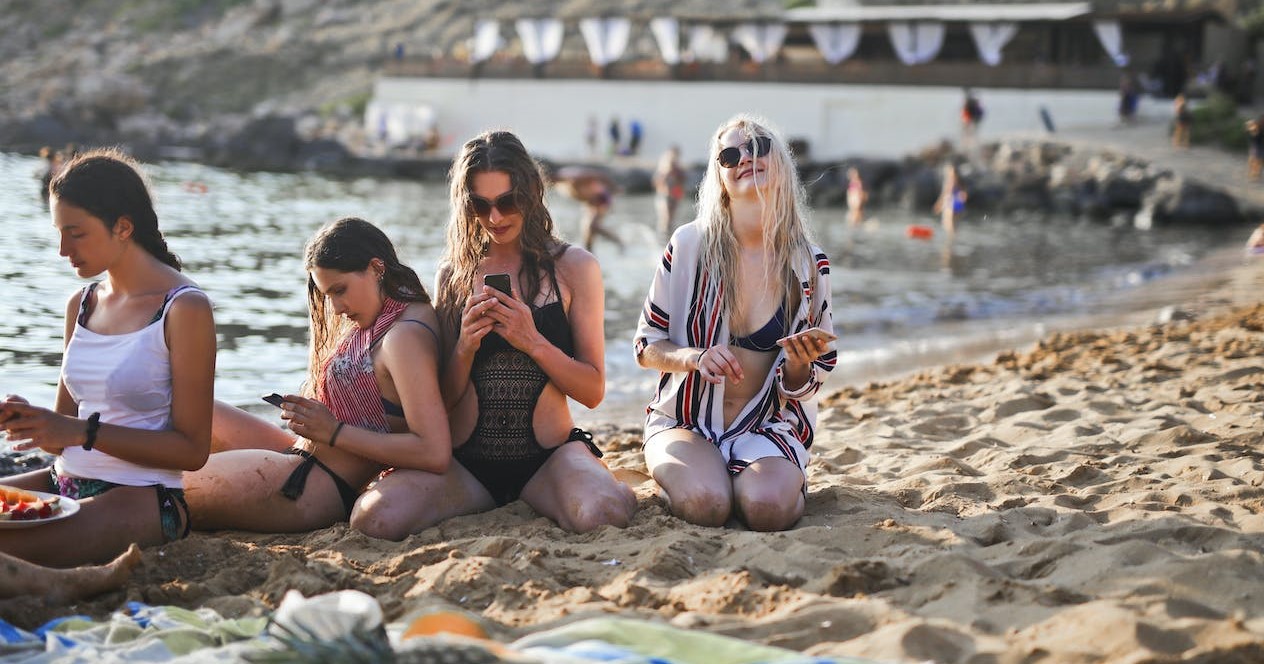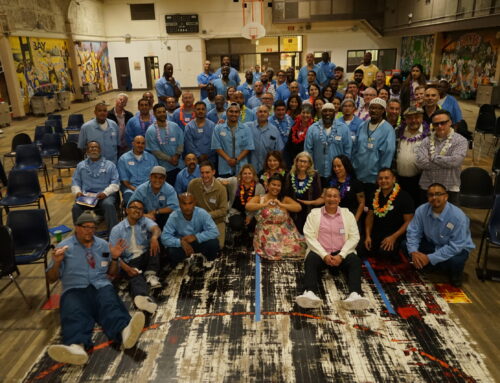Most of us probably have been in conversation with someone who was solely focused on their phone. Maybe we’ve done it ourselves.
“Phubbing.” A not-so new term. The Cambridge Dictionary defines it as, “the act of ignoring someone you are with and giving attention to your cell phone instead.”
Because “phubbing” is so common, is it still considered rude? Or just part of today’s culture?
If we’re constantly looking at our phones during a conversation with someone, it can affect the quality of the conversation. It’s not just about phone etiquette, but also about the lack of connection, uninspired conversation, and inattentiveness to the person we’re with.
Being distracted by our phones sends a message that we are not fully present in the conversation.
- It can express boredom or disinterest.
- It says that something is way more important or intriguing.
- It can lead to misunderstandings or missed details.
- It can build resentment.
- It can have relationship repercussions.
Additionally, if we’re constantly checking our phones, we will miss out on taking in their emotions, non-verbal cues, and physical nuances that are an integral part of a conversation.
Worse is that your responses may lack empathy, shared joy, or appropriate words because you only picked up a portion of what they said. Awkward–making you look rude and aloof.
What can you do to stop from phubbing?
- Need help? There are apps to help limit phone use; Inc.com 6 apps stop your smartphone addiction
- Establish phone-free zones. No phones at the table. Or, when sitting on the couch.
- Set time-outs or phone check times. It could be every thirty minutes, when everyone checks their phone at the same time for a designated period. Allow time to share and view photos or posts of interest.
- Put your phone in another room.
Final thoughts: It’s important to connect with others and maintain that connection through technology and social media, whether it’s for pleasure or business. But we must not diminish the importance of connecting and maintaining those connections of those who are present and in our “real” life. Since they will be the ones who, when we need them, will be physically and emotionally present for us; in the good times and bad. If everyone agrees to be phubbing each other, than go for it.
There is one important point I must make. While this is a generalization, overwhelmingly, youth to young adults seem to communicate via text, even when they are sitting shoulder-to-shoulder. So technically, they are not phubbing, but engaging in a way that they are comfortable with.
 Etiquette Expert/Trainer, Author, Media Source
Etiquette Expert/Trainer, Author, Media Source
Nationally recognized etiquette expert with over twenty years of providing trainings, and serving as a source for media.
Trainings are available for: corporations, sales teams, on-boarding, to support code-of-conduct policies to set a standard for employees, universities/college groups, school staff, customer service staff, dining etiquette programs for youth through adult, and actors preparing for audition/roles.
YouTube: Rosalinda Oropeza Randall
Instagram: rosalinda_randall
Facebook: Rosalinda Oropeza Randall
AVAILABLE at Amazon or Barnes and Noble: “Don’t Burp in the Boardroom”, “Keep Your Distance!”
© 2023 Rosalinda Oropeza Randall
Advice and tips provided are basic and general guidelines and options.







